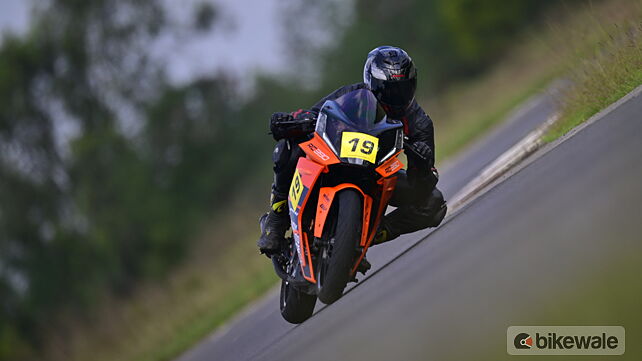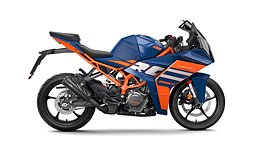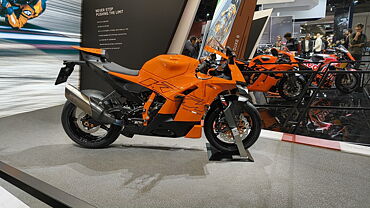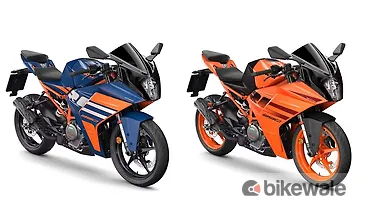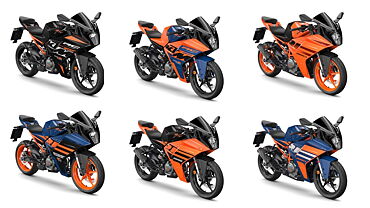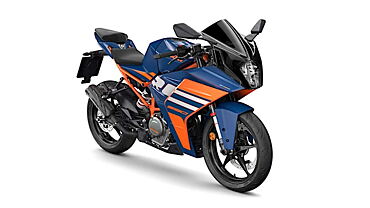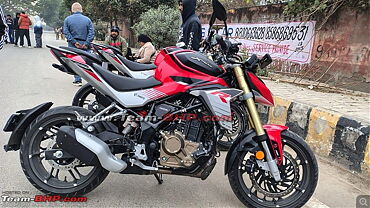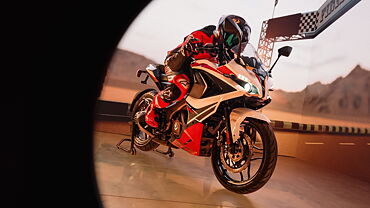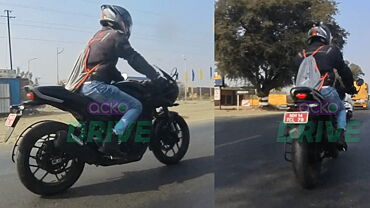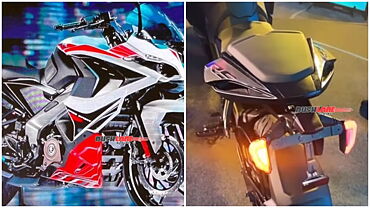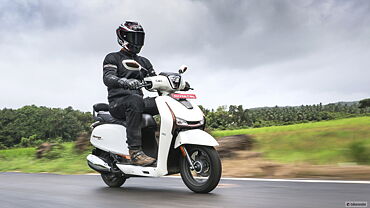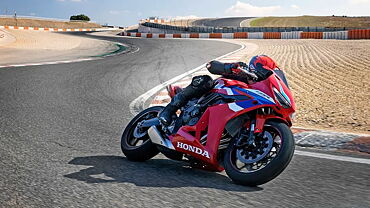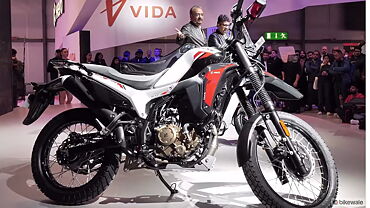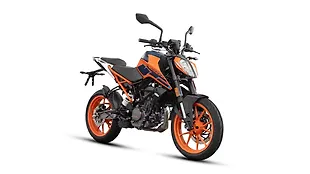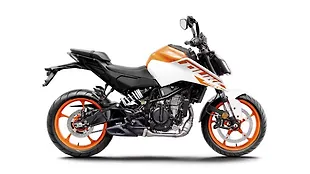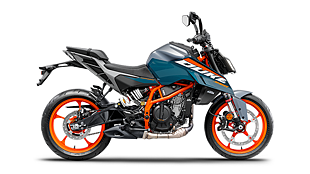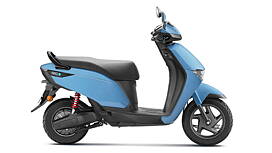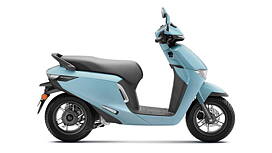Introduction

I have been riding motorcycles for close to 11 years, with five years of professional experience. However, attending the first three levels and 15 sessions of the California Superbike School (CSS) made me realise how little I knew about cornering. It’s a deep, technical, and intense art, mastering which requires profound commitment and focus. For those who want to take the plunge and learn the nitty-gritty, CSS lends a helping hand by teaching them how to be safer, smoother, and thereby faster around corners.
What’s the overall format like?

The California Superbike School is just like, well, a school, where the curriculum comprises theory classes, practical exercises, and tests. A session starts with the head coach conducting a 15-20 minute theory class explaining a concept about cornering, including its significance and benefits. This is followed by the students heading out on the track and applying that technique with their allotted coaches shadowing them. On the track, the coaches also show the right way to implement a technique, mostly by means of hand gestures.

Once the students are back in the pits, they head to the debrief area for a one-on-one with the coach. This, mind you, is a crucial part of CSS, where the coaches share their feedback based on the laps for which they followed the students and the students acknowledge if the applied technique helped them and where they were struggling, if at all.
Level 1

The five sessions of Level 1 of CSS pack the most basic yet impactful nuances of cornering, and the consecutive levels build upon them. These sessions may theoretically look simple, but, as was the case with me, executing them correctly and concertedly is no easy feat. Take the first session, for instance, which is throttle control. Being smooth, even, and constant with the throttle when leaned over helps in carrying the appropriate line, keeping the suspension in its best operating range and maintaining optimum traction for both tyres. The rule of thumb is to roll off the throttle before steering the bike and to start getting back on the gas once the bike is pointing towards the exit.

Now, the on-track drill to practice throttle control involved being in the fourth gear throughout and not using the brakes. Interestingly, the restriction on using gears and brakes is applicable for all drills, to a varying degree, to have all the focus on the lessons and avoid distractions. In my case, I was being too hasty with the gas around every corner, thereby going wide during the first few sessions. This hugely impacted my line going through C4 and C5 of MMRT, which is a quick succession of left- and right-handers. Since I was greedy with the gas while exiting C4, cutting the apex of C5 looked like a herculean task during the first two levels. However, thanks to the feedback session, things got better by the third level.
The second session is about initiating the steering at the turn marker placed before every corner. The agenda is to find the straightest line through a turn to be smooth and fast. To achieve that, these turn markers help by conveying where the straightest line of a corner begins. To my surprise, almost every time I correctly initiated the turn, I could cut through the apex gracefully, provided the entry speed was correct.

The third session was a little scary for me. It demanded us to actively counter-steer at the turn marker by pushing the inside bar. This helps with turning the bike later, lessening the lean angle, and getting on the throttle early. Now, consciously counter-steering tipped the bike over too aggressively, which felt a bit unnerving at first. However, after a couple of laps, it started to come more naturally, and the benefits were evident.

The Session 4 is about body position and turned out to be relatively easier for me to understand and execute, thanks to my prior track experience. It involves keeping the upper body loose and gripping the bike tightly with the legs. This allows the bike to track its line through a turn without making it unstable. As CSS coaches point out, bikes are inherently stable and, in most cases, it’s the rider who makes them unstable by being rigid and not letting the bike do its thing. To ensure the correct execution of this technique, you are asked to flap your arms gently while being leaned over into corners.

The fifth session sets the precedence for the next level. It’s about vision, and the exercise is called 2-step. It involves locating the turn marker before entering a corner and when you’re confident about hitting it, shifting your focus to the apex while keeping the marker in your peripheral vision. It helps with maintaining the accuracy of the line and prevents you from being twitchy or doubtful. While this was hugely helpful for me, the curriculum of the consecutive levels was truly mind-boggling.
Stay tuned to read about what unfolded in levels 2 and 3, wherein we dive deeper into techniques related to vision and body position.
Photography by Aditya Bedre
Gallery
1/7
KTM RC 390 Right Side View
Double Tap to Zoom

